Search
Items tagged with: galaxies
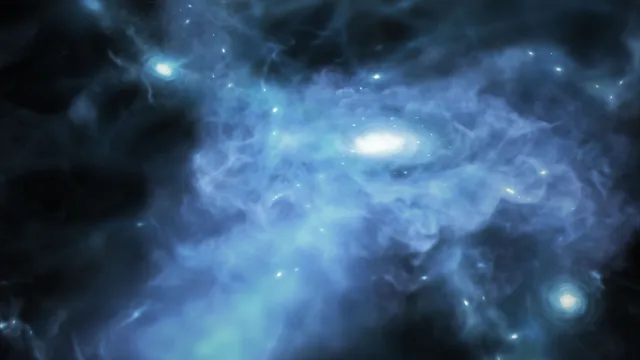
Galaxies Actively Forming in Early Universe Caught Feeding on Cold Gas - NASA Science
Researchers analyzing data from NASA’s James Webb Space Telescope have pinpointed three galaxies that may be actively forming when the universe was only 400 to 600 million years old.science.nasa.gov
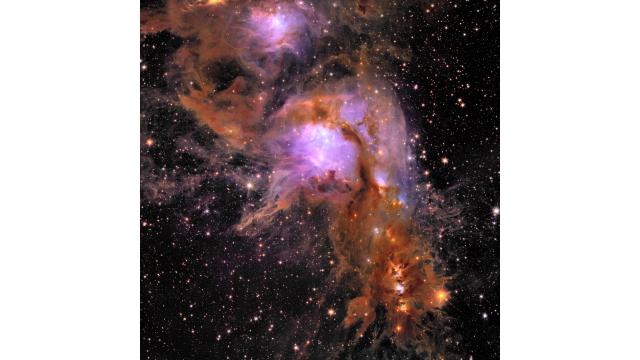
New Images From Euclid Mission Reveal Wide View of the Dark Universe - NASA
With NASA contributions, the mission will complement dark energy studies to be made by the agency’s upcoming Nancy Grace Roman Space Telescope.Anthony Greicius (NASA)

Spotted: ‘Death Star’ Black Holes in Action - NASA
A team of astronomers have studied 16 supermassive black holes that are firing powerful beams into space, to track where these beams, or jets, areNASA

Hubble Views Cosmic Dust Lanes - NASA Science
Featured in this new image from the NASA/ESA Hubble Space Telescope is a nearly edge-on view of the lenticular galaxy NGC 4753. Lenticular galaxies have an elliptical shape and ill-defined spiral arms.science.nasa.gov
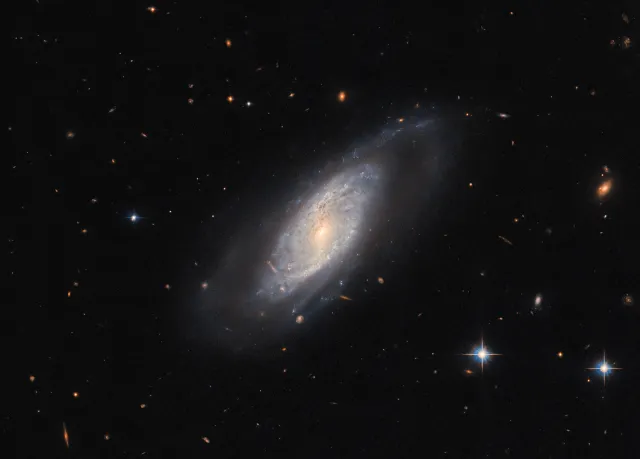
Hubble Glimpses a Star-Forming Factory - NASA Science
The celestial object showcased in this image from the NASA/ESA Hubble Space Telescope is the spiral galaxy UGC 9684, which lies around 240 million light-years from Earth in the constellation Boötes.science.nasa.gov
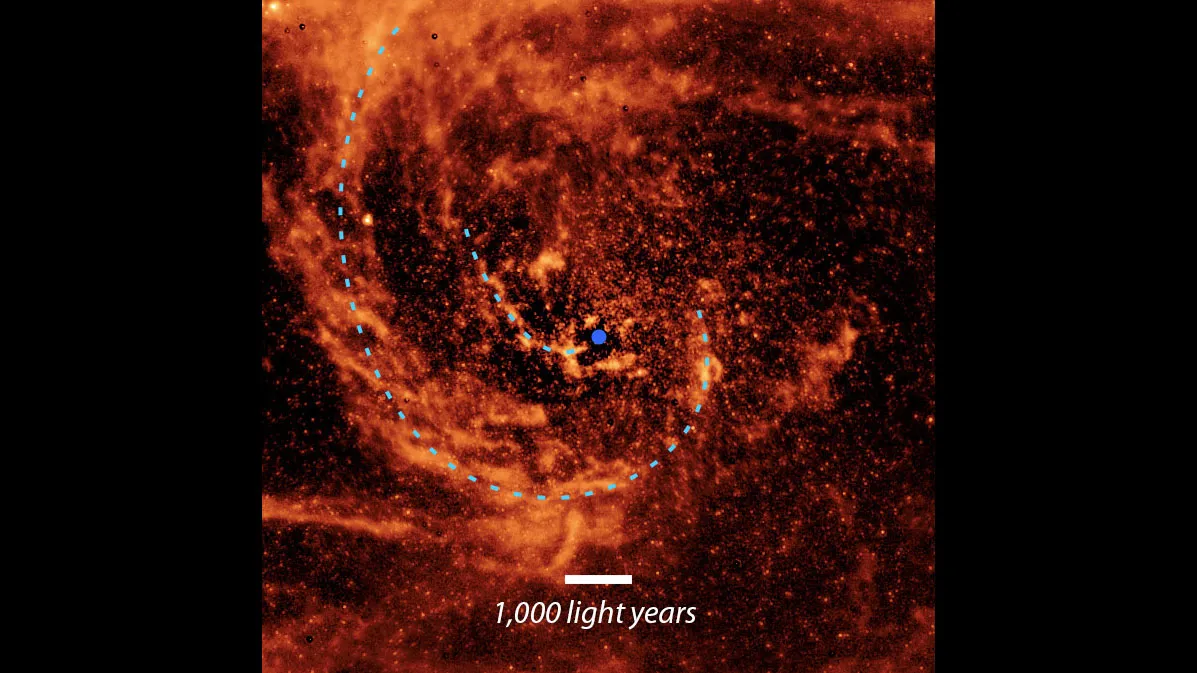
NASA Images Help Explain Eating Habits of Massive Black Hole - NASA
Data from NASA’s retired Spitzer Space Telescope has given scientists new insights into why some supermassive black holes shine differently than others.Anthony Greicius (NASA)
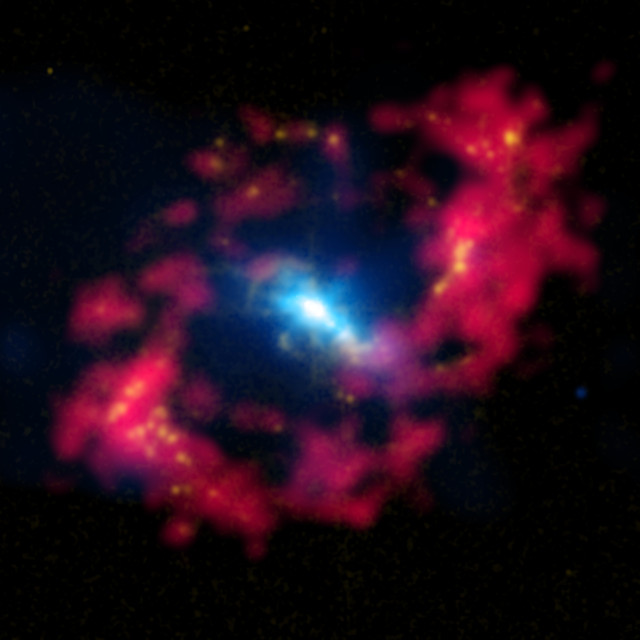
NASA, JAXA XRISM Spots Iron Fingerprints in Nearby Active Galaxy - NASA Science
After starting science operations in February, Japan-led XRISM (X-ray Imaging and Spectroscopy Mission) studied the monster black hole at the center of galaxy NGC 4151.science.nasa.gov

Hubble Views a Galaxy with a Voracious Black Hole - NASA Science
Bright, starry spiral arms surround an active galactic center in this new NASA Hubble Space Telescope image of the galaxy NGC 4951. Located in the Virgo constellation, NGC 4951 is located roughly 50 million light-years away from Earth.science.nasa.gov
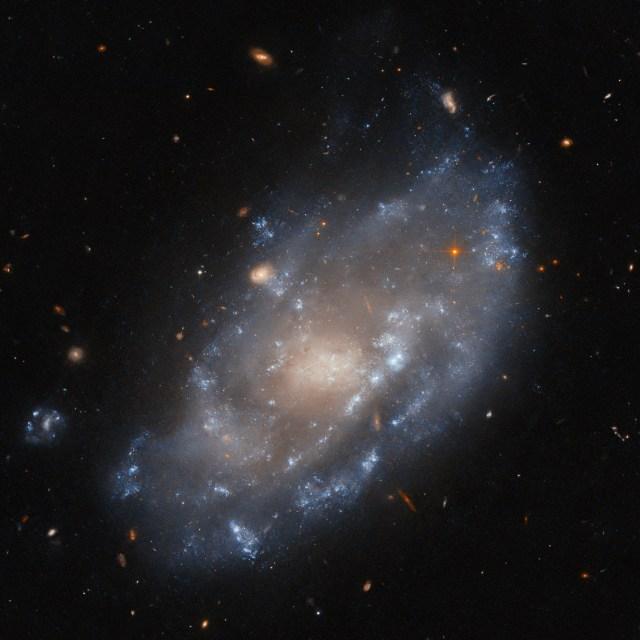
Hubble Hunts Visible Light Sources of X-Rays - NASA Science
This NASA/ESA Hubble Space Telescope image features the dwarf galaxy IC 776. This swirling collection of new and old stars is located in the constellation Virgo, in the Virgo galaxy cluster, 100 million light-years from Earth.science.nasa.gov
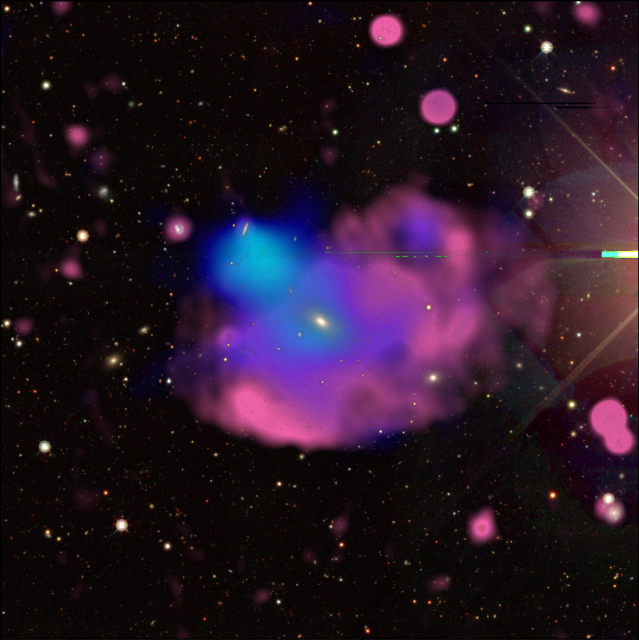
X-ray Satellite XMM-Newton Sees ‘Space Clover' in a New Light - NASA
Astronomers have discovered enormous circular radio features of unknown origin around some galaxies. Now, new observations of one dubbed the CloverleafAshley Balzer (NASA)
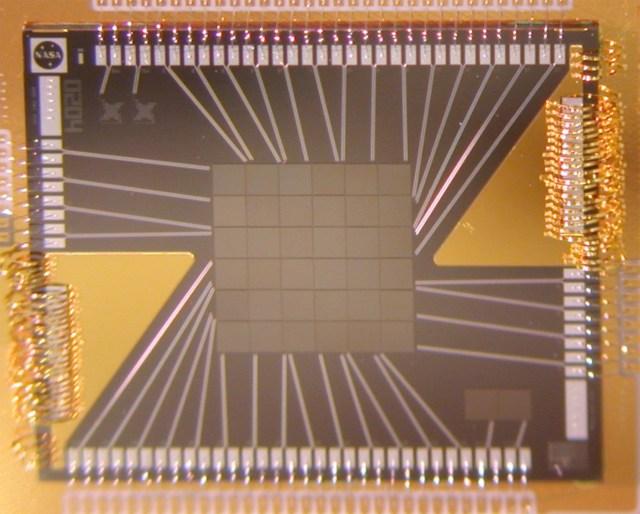
NASA/JAXA’s XRISM Mission Captures Unmatched Data With Just 36 Pixels - NASA Science
At a time when phone cameras are capable of taking snapshots with millions of pixels, an instrument on the Japan-led XRISM (X-ray Imaging and Spectroscopy Mission) satellite captures revolutionary science with just 36 of them.science.nasa.gov
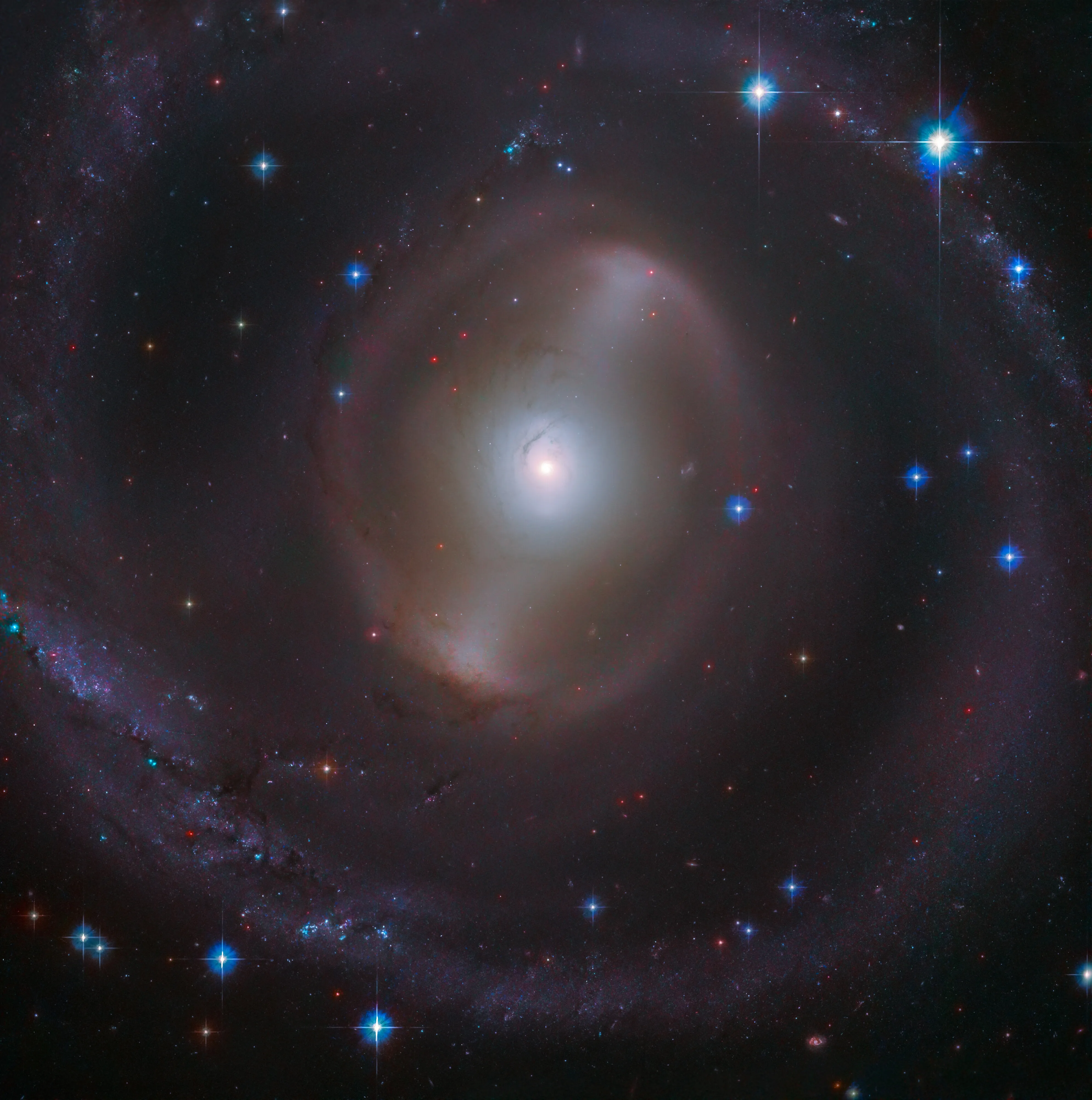
Hubble Spots a Magnificent Barred Galaxy - NASA
The magnificent central bar of NGC 2217 (also known as AM 0619-271) shines bright in the constellation of Canis Major (The Greater Dog), in thisNASA
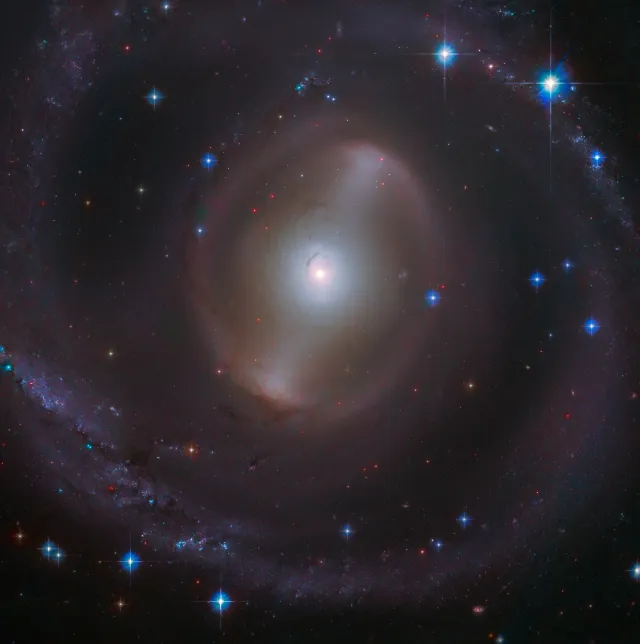
Hubble Spots a Magnificent Barred Galaxy - NASA Science
The magnificent central bar of NGC 2217 (also known as AM 0619-271) shines bright in the constellation of Canis Major (The Greater Dog), in this image taken by the NASA/ESA Hubble Space Telescope.science.nasa.gov
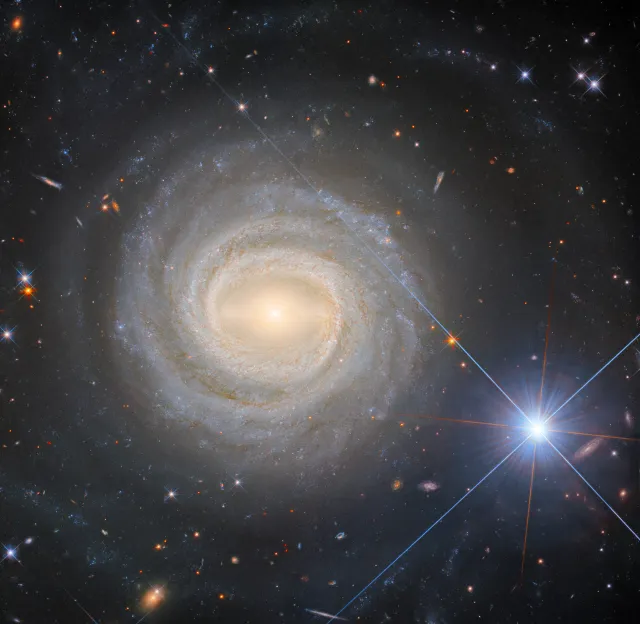
Hubble Captures a Bright Galactic and Stellar Duo - NASA Science
This image from the NASA/ESA Hubble Space Telescope features NGC 3783, a bright barred spiral galaxy about 130 million light-years from Earth that also lends its name to the eponymous NGC 3783 galaxy group.science.nasa.gov
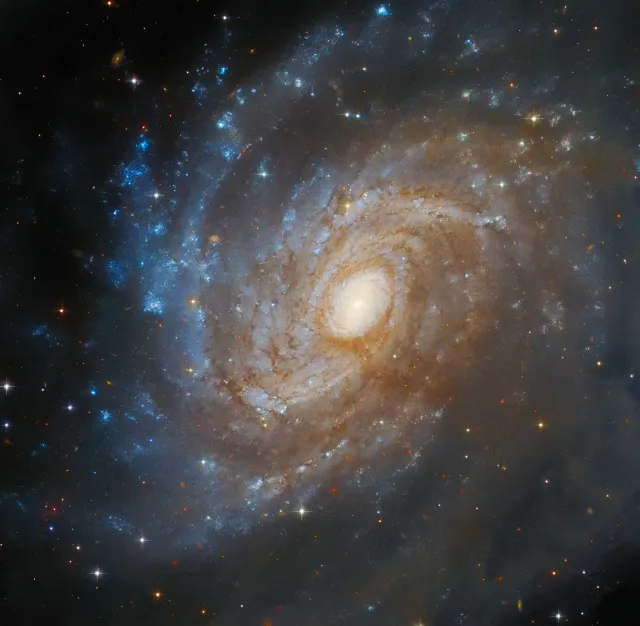
Hubble Spots a Galaxy Hidden in a Dark Cloud
The subject of this image taken with the NASA/ESA Hubble Space Telescope is the spiral galaxy IC 4633, located 100 million light-years away from us in the constellation Apus.science.nasa.gov
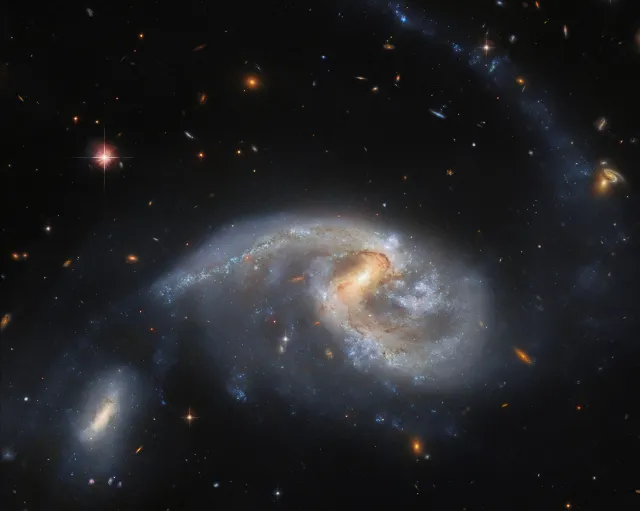
Hubble Peers at Pair of Closely Interacting Galaxies
This image from the NASA/ESA Hubble Space Telescope features Arp 72, a very selective galaxy group that only includes two galaxies interacting due to gravity: NGC 5996 (the large spiral galaxy) and NGC 5994 (its smaller companion, in the lower left o…science.nasa.gov
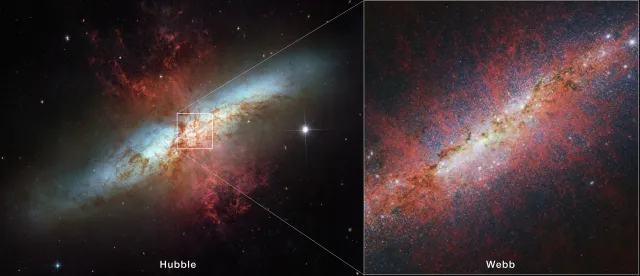
NASA’s Webb Probes an Extreme Starburst Galaxy
Amid a site teeming with new and young stars lies an intricate substructure. A team of astronomers has used NASA’s James Webb Space Telescope to survey the starburst galaxy Messier 82 (M82).science.nasa.gov
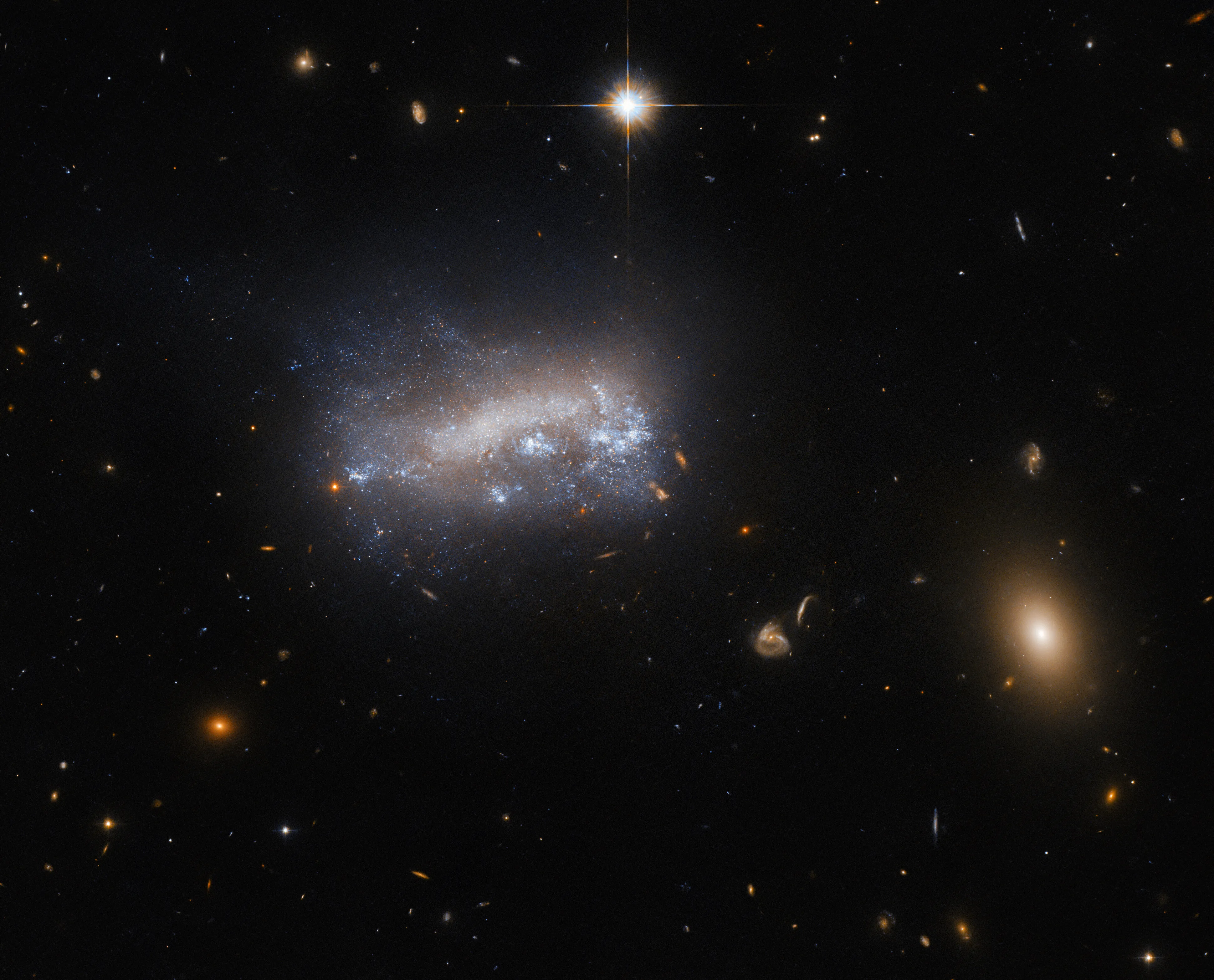
Hubble Views a Galaxy Under Pressure - NASA
This NASA/ESA Hubble Space Telescope image shows LEDA 42160, a galaxy about 52 million light-years from Earth in the constellation Virgo. The dwarfNASA
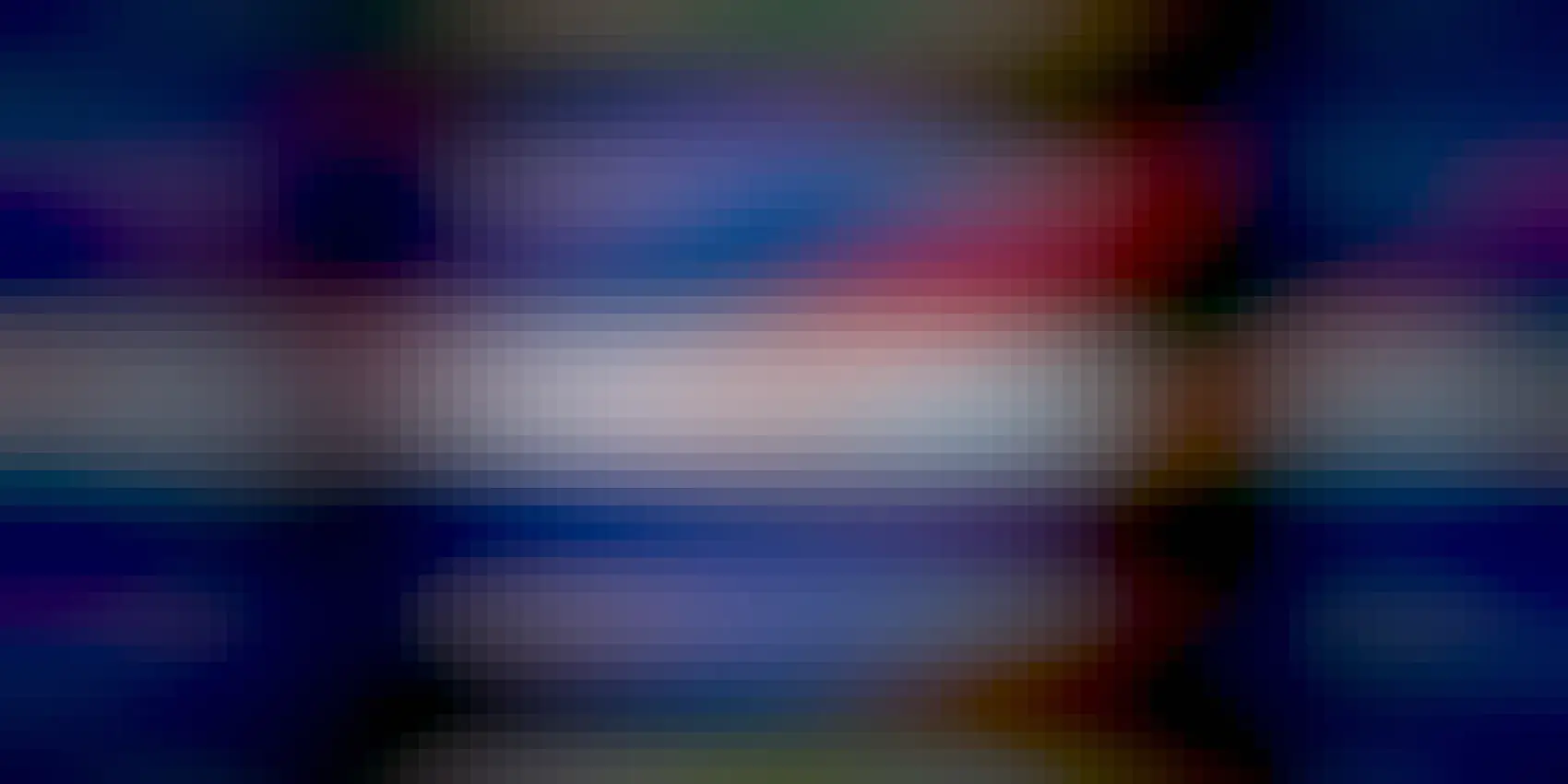
Hubble Spots the Spider Galaxy
This image from the NASA/ESA Hubble Space Telescope shows the gauzy-looking celestial body UGC 5829, an irregular galaxy that lies about 30 million light-years away.science.nasa.gov
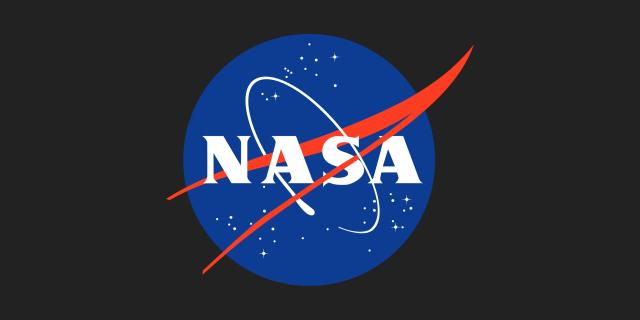
Hubble Views a Galaxy Under Pressure
This NASA/ESA Hubble Space Telescope image shows LEDA 42160, a galaxy about 52 million light-years from Earth in the constellation Virgo.science.nasa.gov
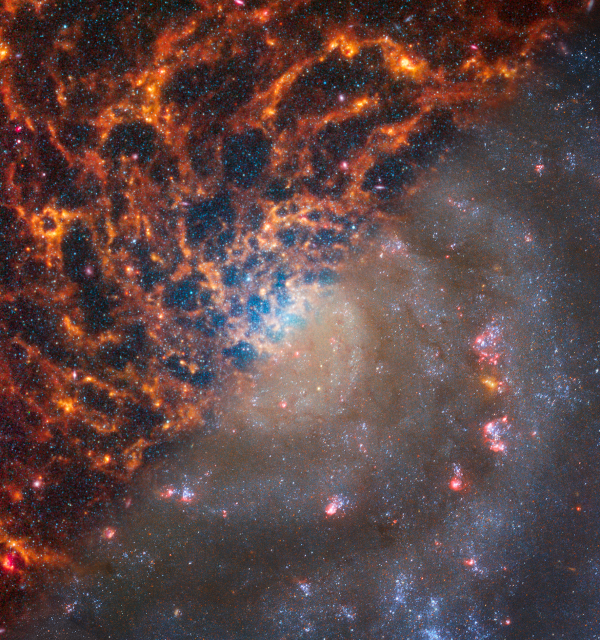
NASA’s Roman Team Selects Survey to Map Our Galaxy’s Far Side - NASA
NASA’s Nancy Grace Roman Space Telescope team has announced plans for an unprecedented survey of the plane of our Milky Way galaxy. It will peer deeper intoAshley Balzer (NASA)
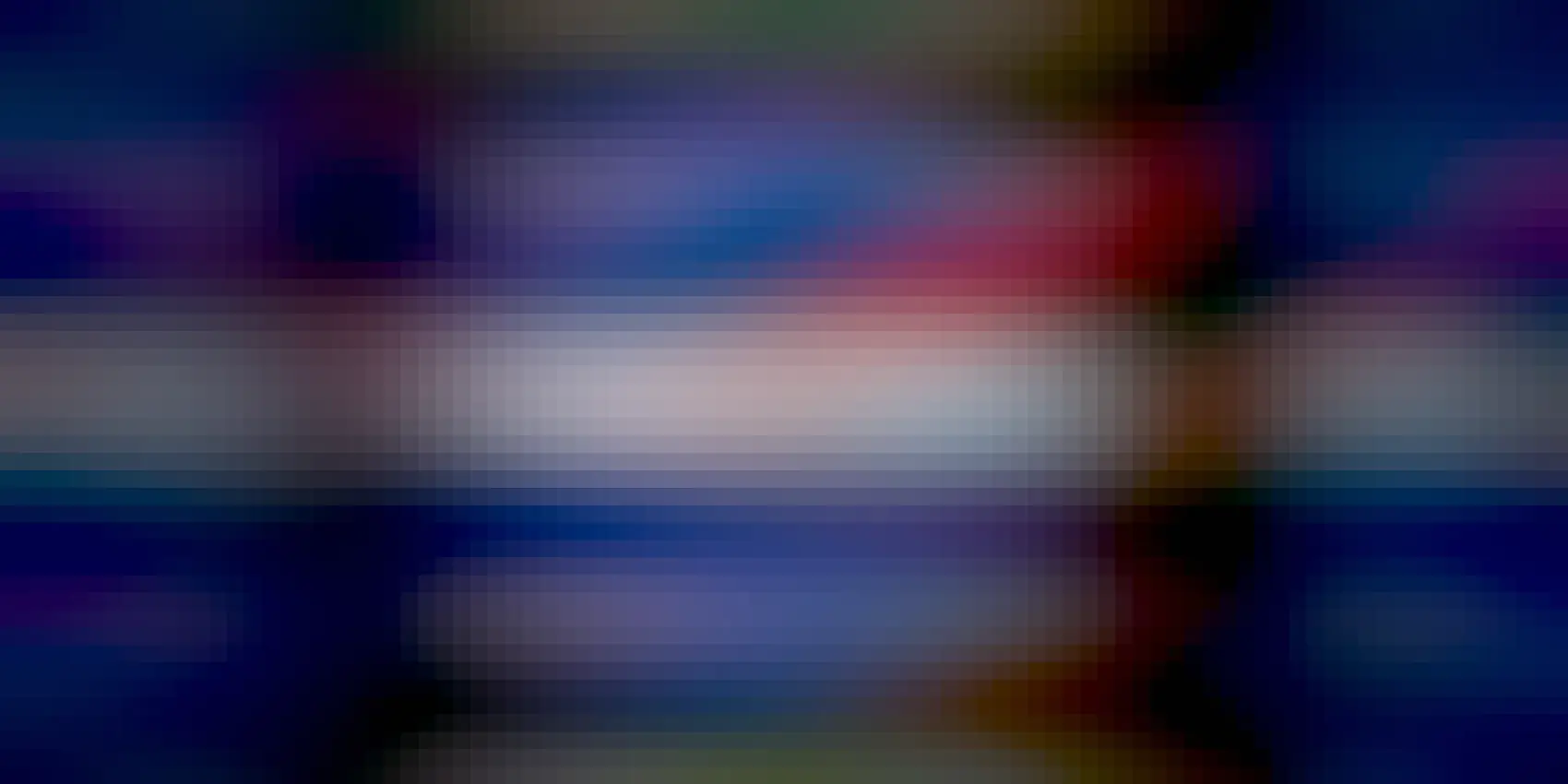
Hubble Sees a Spiral Galaxy Edge-On
This NASA/ESA Hubble Space Telescope image shows NGC 4423, a galaxy that lies about 55 million light-years away in the constellation Virgo.science.nasa.gov
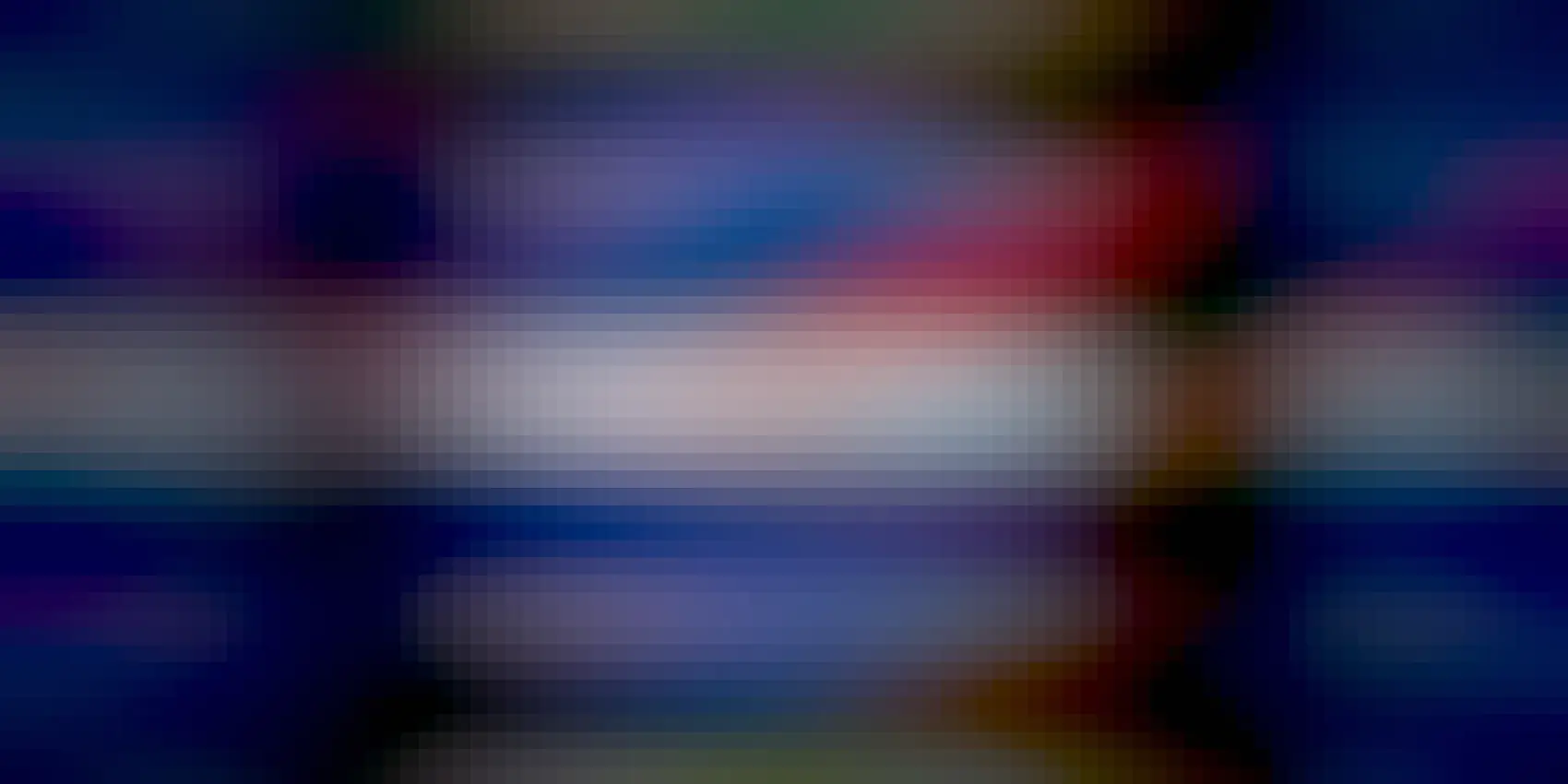
Webb Unlocks Secrets of One of the Most Distant Galaxies Ever Seen - NASA Science
Looking deeply into space and time, two teams using NASA’s James Webb Space Telescope have studied the exceptionally luminous galaxy GN-z11, which existed when our 13.8 billion-year-old universe was only about 430 million years old.science.nasa.gov
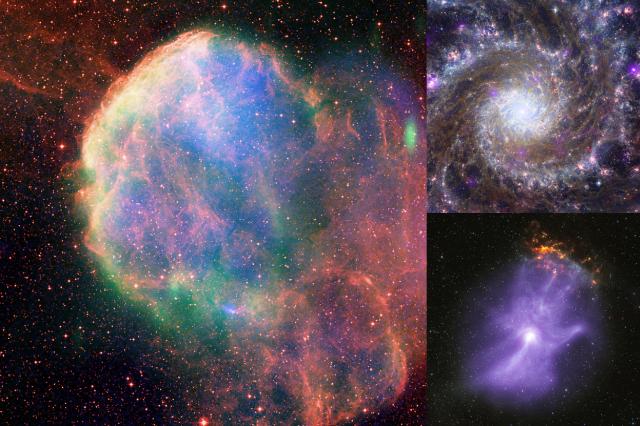
Listen to the Universe: New NASA Sonifications and Documentary - NASA
Three new sonifications of images from NASA’s Chandra X-ray Observatory and other telescopes have been released in conjunction with a new documentary aboutLee Mohon (NASA)
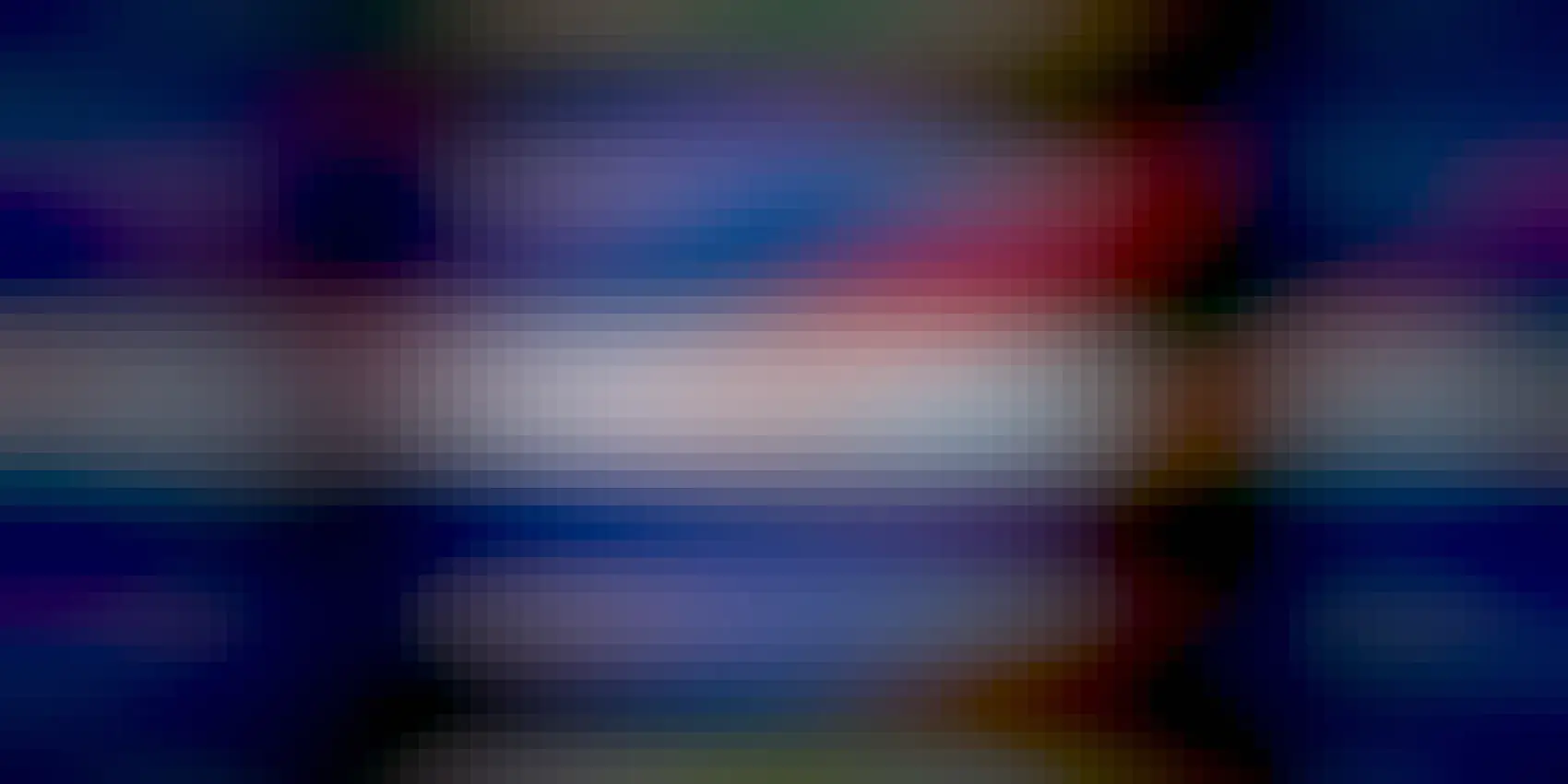
Hubble Views an Active Star-Forming Galaxy - NASA Science
This NASA/ESA Hubble Space Telescope image features IC 3476, a dwarf galaxy that lies about 54 million light-years from Earth in the constellation Coma Berenices.science.nasa.gov

Stellar Beads on a String - NASA
Astronomers have discovered one of the most powerful eruptions from a black hole ever recorded in the system known as SDSS J1531+3414 (SDSS J1531 for short).NASA
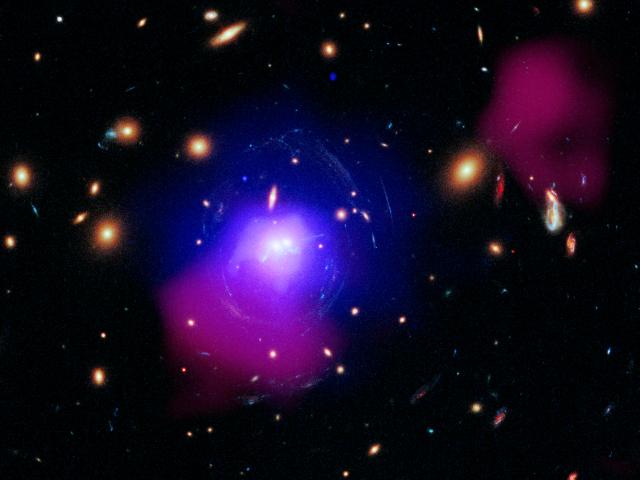
Stellar Beads on a String - NASA
Astronomers have discovered one of the most powerful eruptions from a black hole ever recorded in the system known as SDSS J1531+3414 (SDSS J1531 for short).NASA
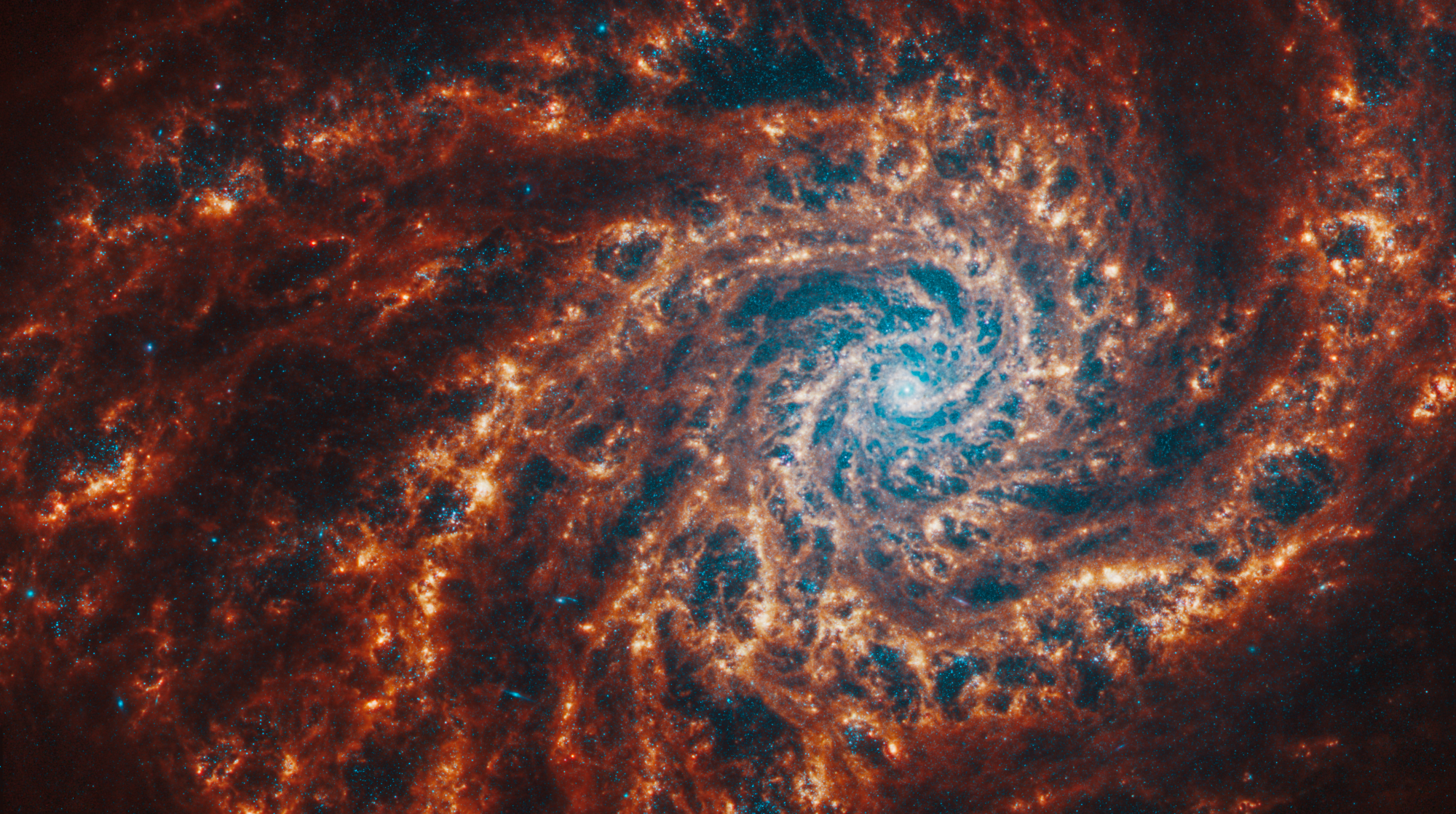
Spiral Galaxy NGC 4254’s Dazzling Swirls - NASA
NGC 4254, a spiral galaxy, is resplendent in orange and blue in this Jan. 29, 2024, image from the James Webb Space Telescope. This is one of 19 nearby spiralNASA
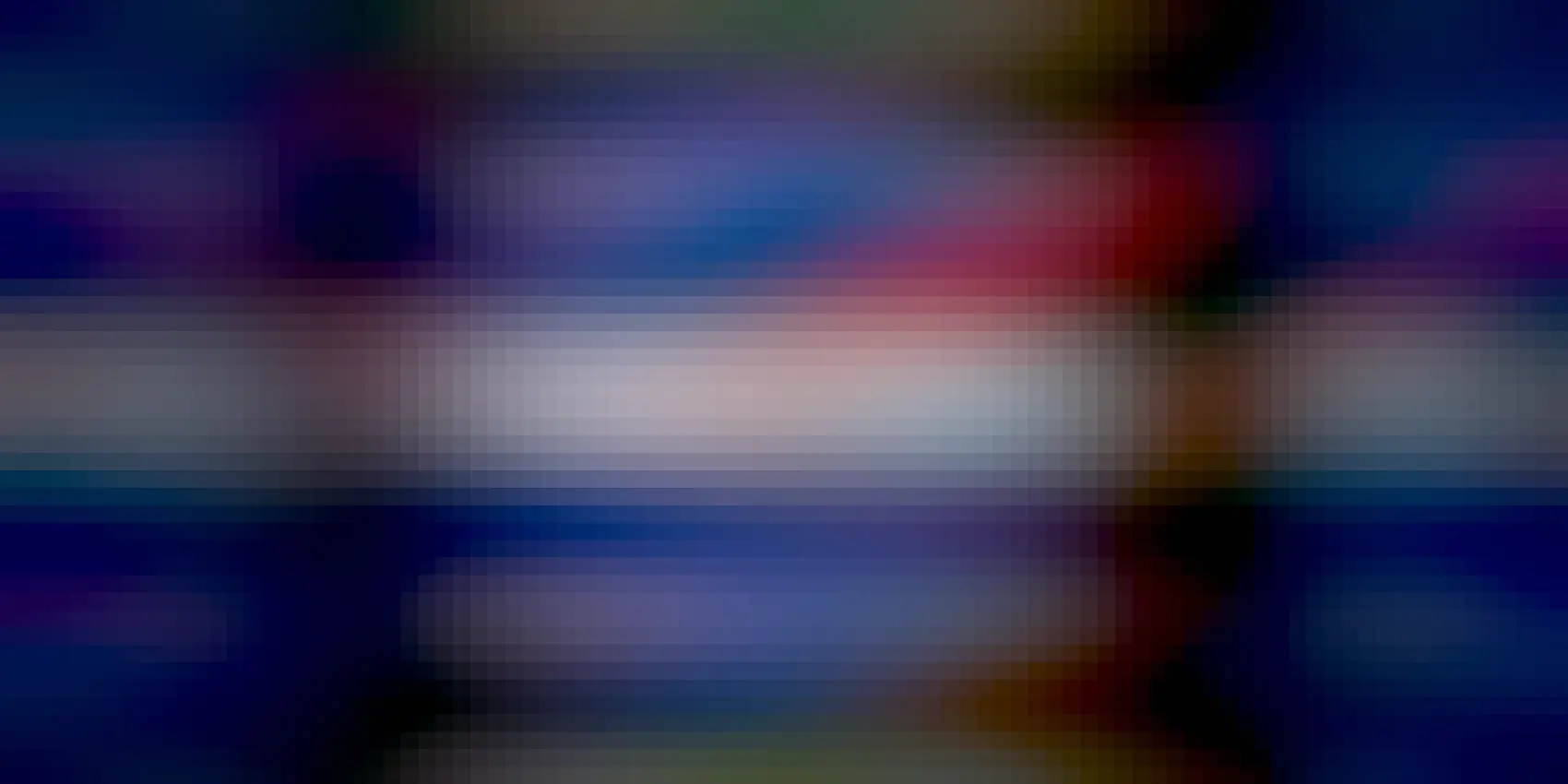
Hubble Spots a Galaxy Shrouded by Stars - NASA Science
This NASA/ESA Hubble Space Telescope image shows a densely packed field of stars laid upon a background of dust, gas, and light from more distant celestial objects.science.nasa.gov
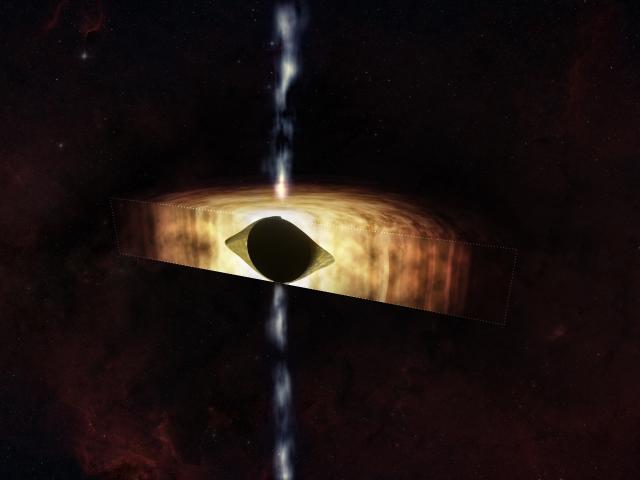
Telescopes Show the Milky Way's Black Hole is Ready for a Kick - NASA
This artist’s illustration depicts the findings of a new study about the supermassive black hole at the center of our galaxy called Sagittarius A*NASA
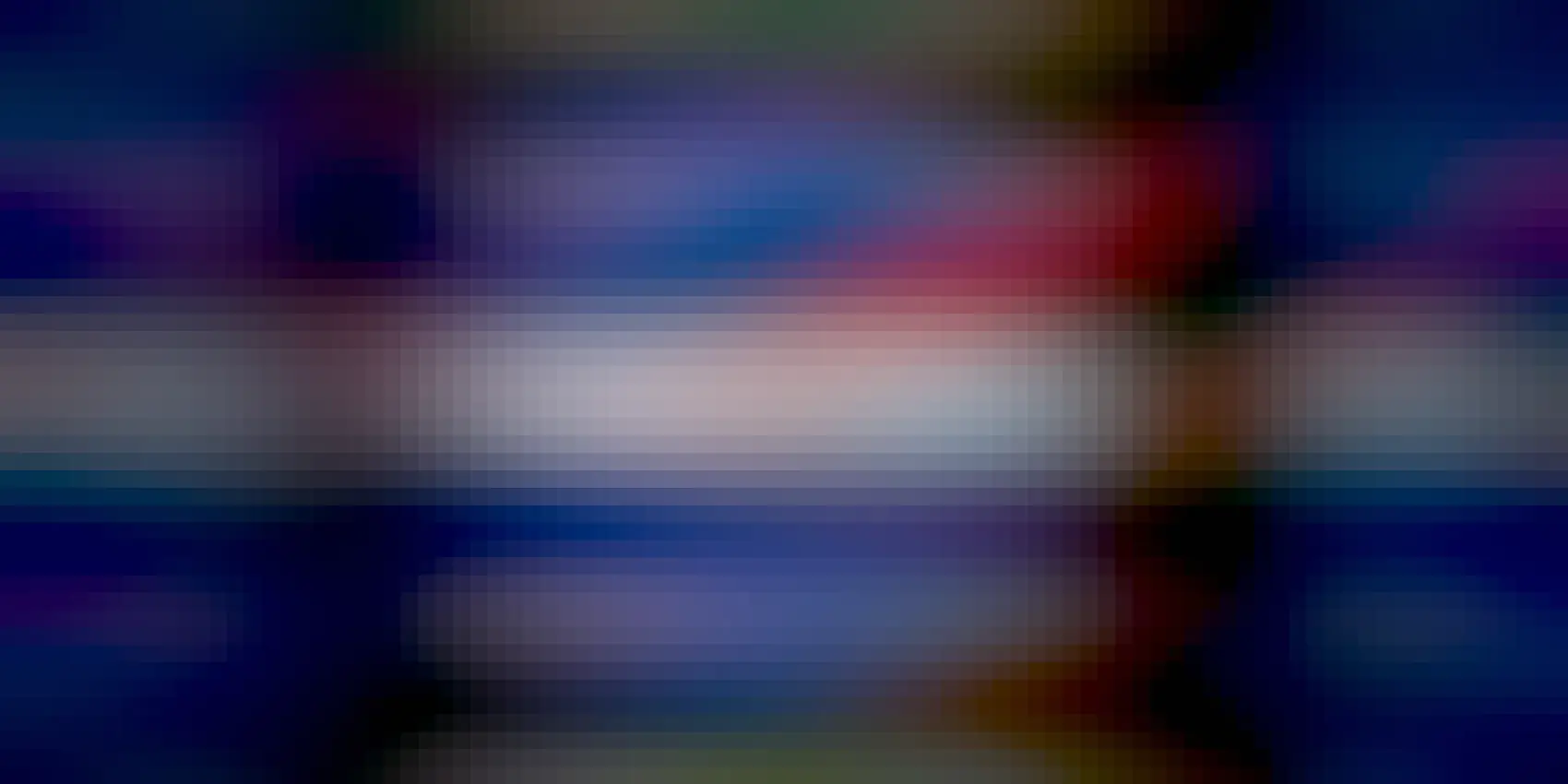
NASA's Hubble Traces 'String of Pearls' Star Clusters in Galaxy Collisions - NASA Science
NASA's Hubble Space Telescope sees clusters of newborn stars strung along tidal tails of interacting galaxies.science.nasa.gov

The Universe is Expanding Faster These Days and Dark Energy is Responsible. So What is Dark Energy? - NASA Science
Some 13.8 billion years ago, the universe began with a rapid expansion we call the big bang. After this initial expansion, which lasted a fraction of a second, gravity started to slow the universe down. But the cosmos wouldn’t stay this way.science.nasa.gov
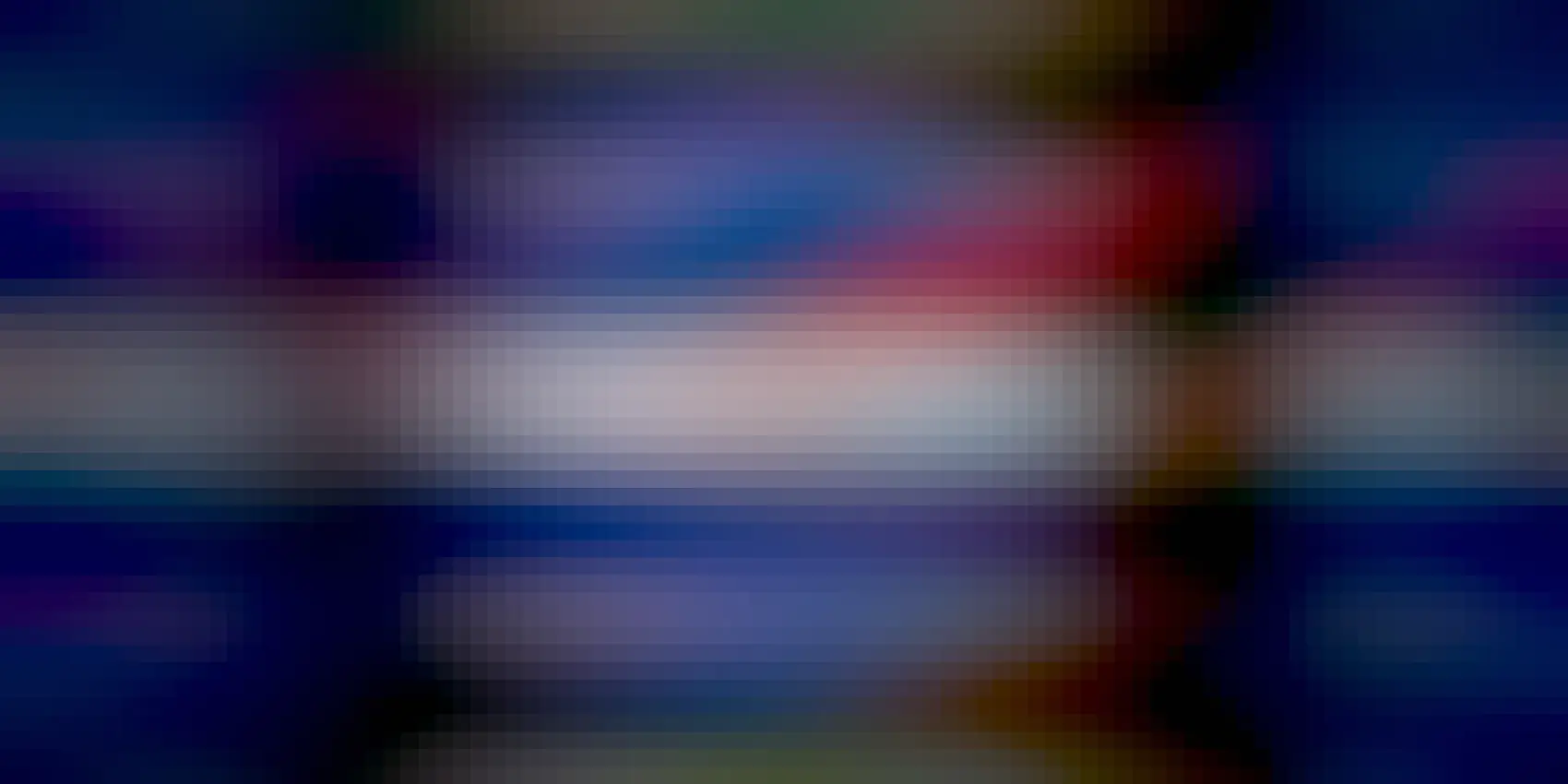
The Universe is Expanding Faster These Days and Dark Energy is Responsible. So What is Dark Energy? - NASA Science
Some 13.8 billion years ago, the universe began with a rapid expansion we call the big bang. After this initial expansion, which lasted a fraction of a second, gravity started to slow the universe down. But the cosmos wouldn’t stay this way.science.nasa.gov
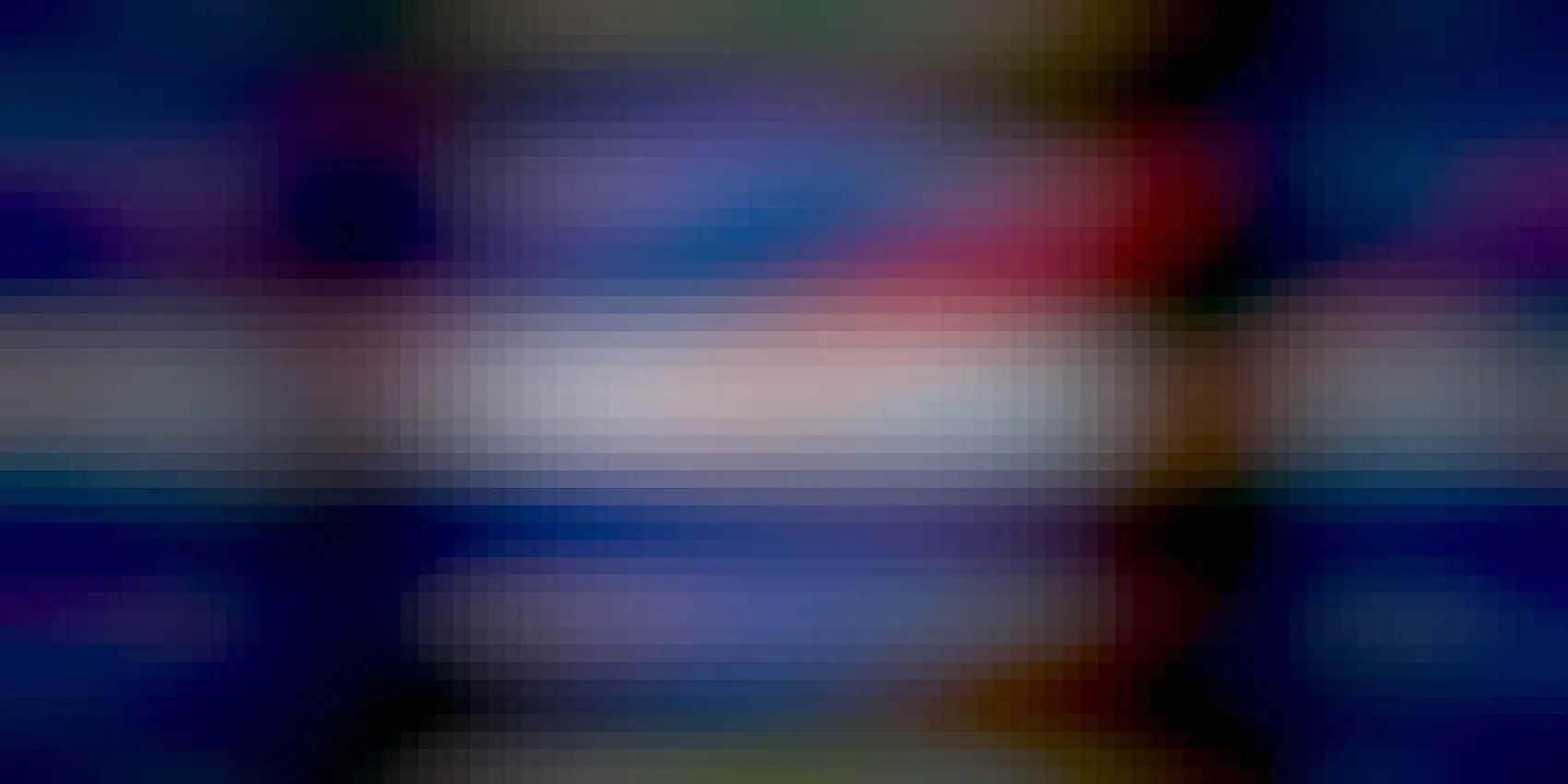
Hubble Views a Dim but Distinct Galaxy - NASA Science
This image of the softly luminous spiral galaxy UGC 11105 is from the NASA/ESA Hubble Space Telescope. It lies about 110 million light-years from Earth in the constellation Hercules.science.nasa.gov
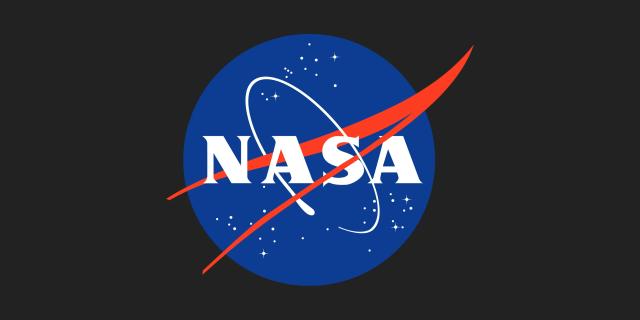
Hubble Sees a Merged Galaxy - NASA Science
This new NASA Hubble Space Telescope image shows ESO 185-IG013, a luminous blue compact galaxy (BCG). BCGs are nearby galaxies that show an intense burst of star formation.science.nasa.gov
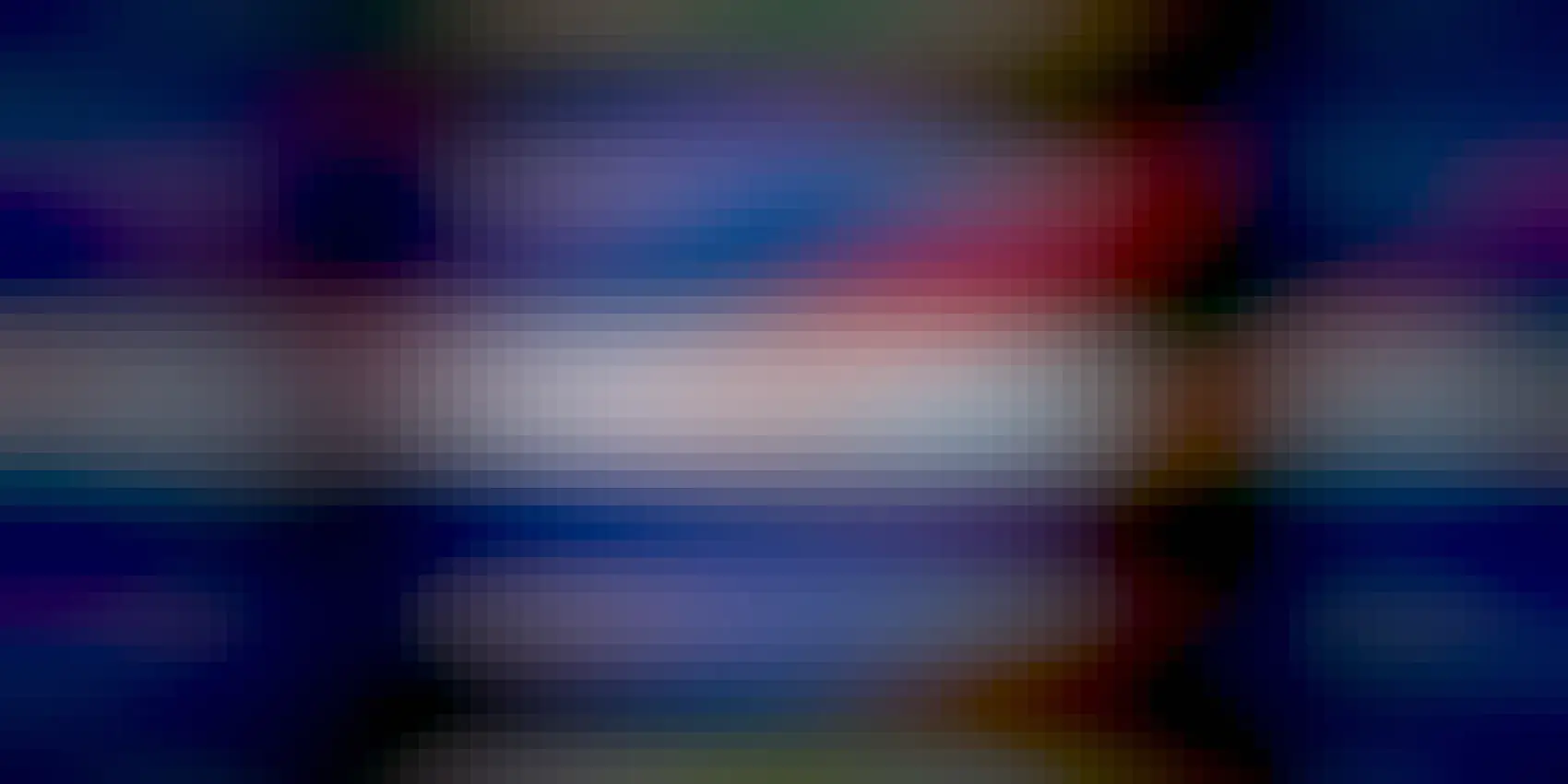
Hubble Captures a Suspected Galaxy Encounter - NASA Science
UGC 3912 is classified as a spiral galaxy … but you wouldn’t know it from this detailed NASA Hubble Space Telescope image. UGC 3912’s distorted shape is typically indicative of a gravitational encounter with another galaxy.science.nasa.gov
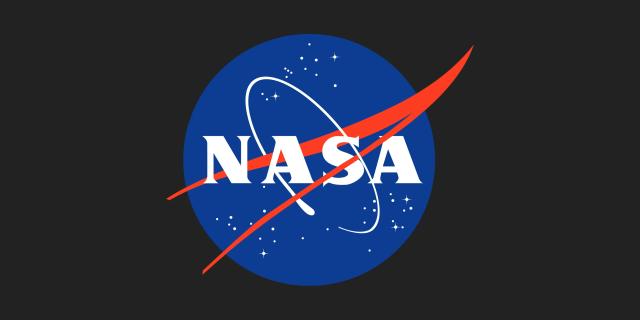
Hubble Observes a Galactic Distortion - NASA Science
The galaxy NGC 5427 shines in this new NASA Hubble Space Telescope image. It’s part of the galaxy pair Arp 271, and its companion NGC 5426 is located below this galaxy and outside of this image’s frame.science.nasa.gov
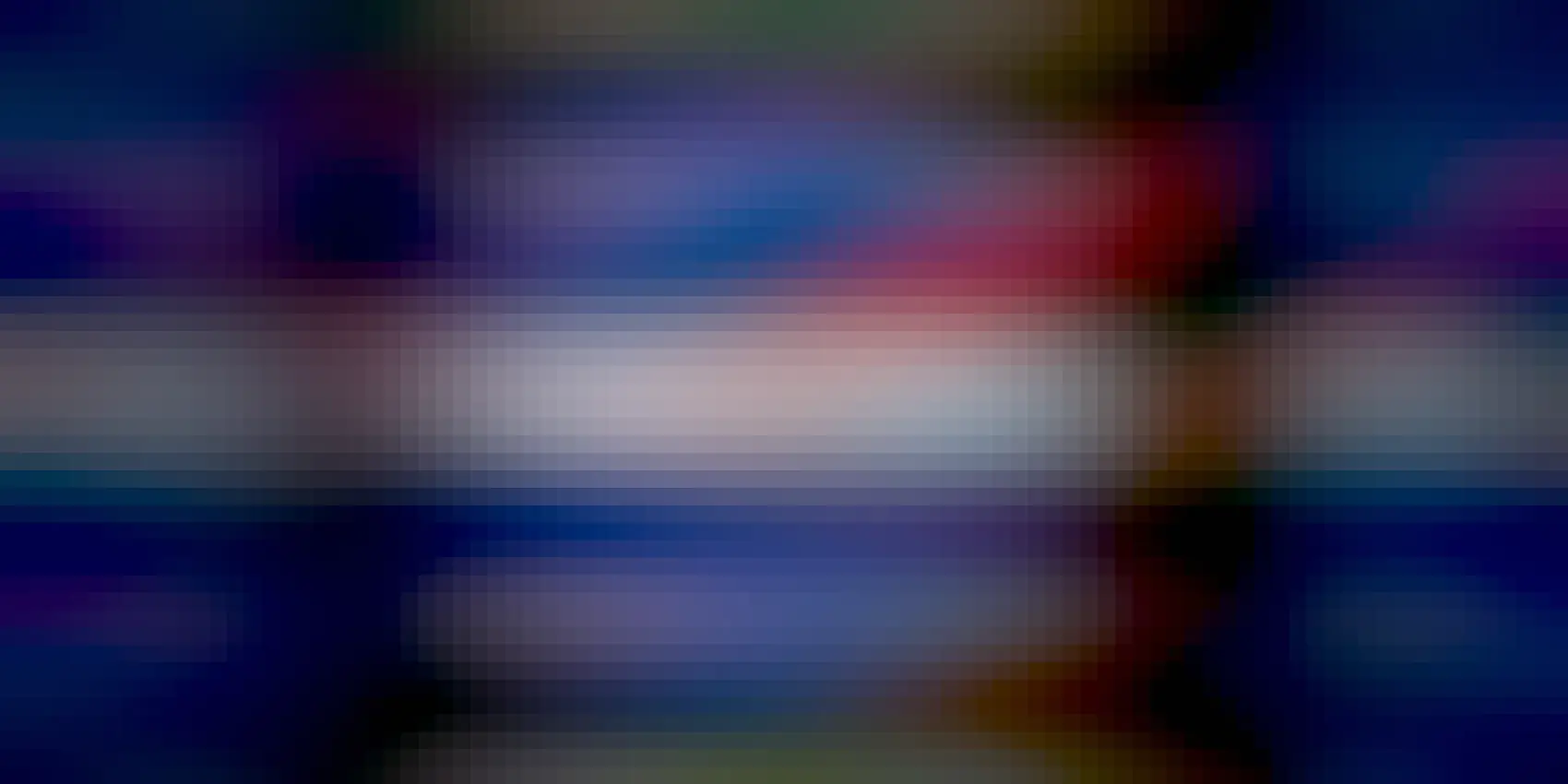
Hubble Spies a Spinning Spiral - NASA Science
Looking like a baseball lobbed into the depths of the universe, ESO 420-G013 is a face-on spiral galaxy and a Seyfert galaxy. Dark lanes of dust are visible against the background glow of the galaxy’s many stars.science.nasa.gov
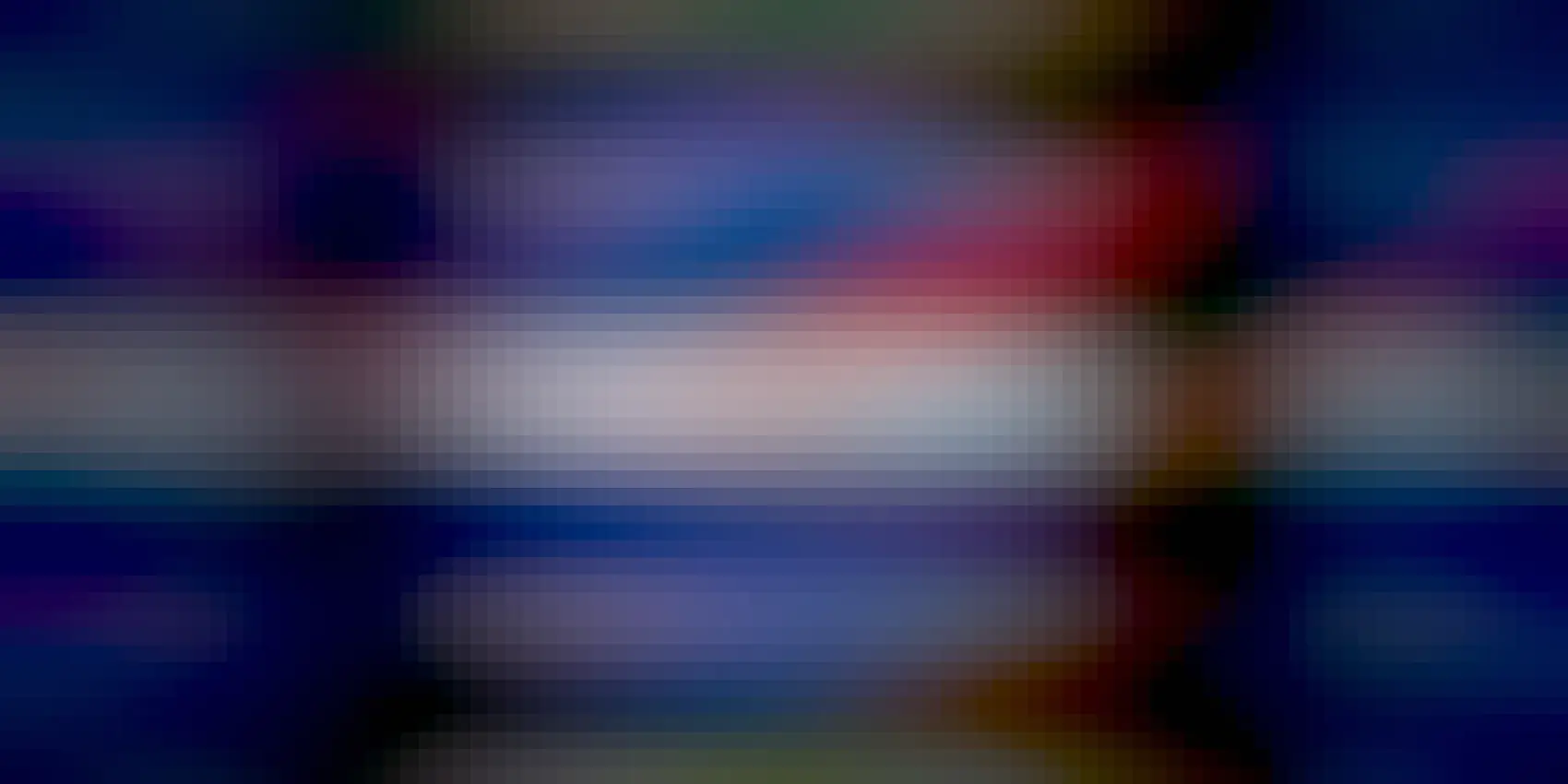
NASA’s Webb Depicts Staggering Structure in 19 Nearby Spiral Galaxies - NASA Science
It’s oh-so-easy to be absolutely mesmerized by these spiral galaxies. Follow their clearly defined arms, which are brimming with stars, to their centers, where there may be old star clusters and – sometimes – active supermassive black holes.science.nasa.gov

Hubble Studies a Sparkling Galaxy Pair - NASA Science
A pair of small, interacting galaxies shine in this new NASA Hubble Space Telescope image. The larger of the two galaxies is named NGC 5410 and was discovered in 1787 by British astronomer William Herschel.science.nasa.gov
